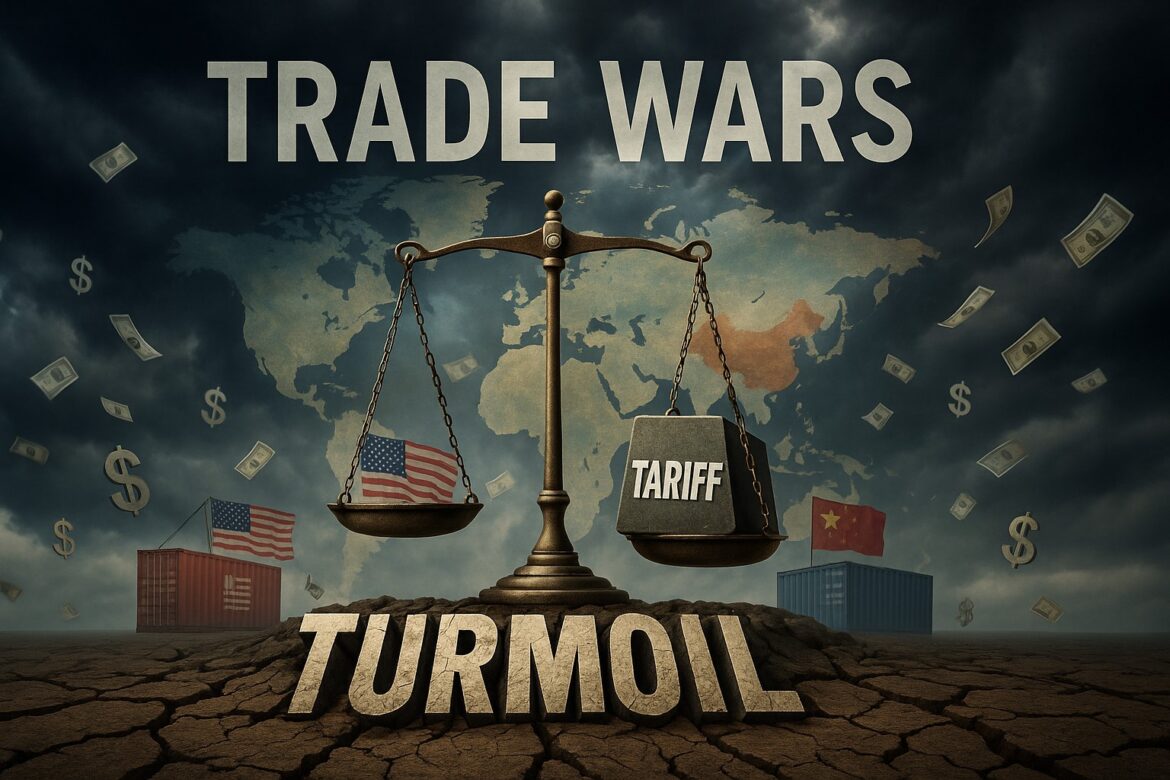With the collapse of the Soviet Union in December 1991, the United States emerged not only as the world’s only superpower but also became by far the world’s most dominant economy. It wasn’t just the biggest economy in the world but it was also the world’s biggest market with purchasing power far outstripping other regions of the world. This period also marked the beginning of the ICT revolution in which the United States played a major leadership role and through it was able to assert its global domination.
The United States had grown to become the richest country the world had ever seen and it was also blazing the trail of innovation as the world evolved rapidly to become a global village. Relishing its status as the most powerful country in the world, the United States turned its sights away from growing its economy and rather focused on global domination by turning itself into the world’s policeman with the establishment of 128 military bases in 49 countries all over the world.
While the United States took its economic might for granted and focused more on global political domination, China embarked on economic reforms which resulted in China becoming the fastest-growing country in the world in terms of Gross Domestic Product (GDP) and also becoming the world’s leading producer of manufactured goods. With China’s large population and highly skilled workforce, it wasn’t long before American companies and those of other Western countries took note and started outsourcing the manufacturing of their goods to China to take advantage of the relatively cheap but highly skilled labour China was offering.
The United States had started losing its productive base and exporting jobs to China, but the government didn’t notice. American companies were still declaring mega profits due to lower costs of production in China, but something profound was happening. While the Chinese economy was growing stronger and more resilient, the American economy was stagnating and getting weaker.
From China not being among the top ten biggest economies in the world as of 1990, it grew rapidly to become the world’s second-biggest economy by 2010. It has since been threatening to overtake the United States as the world’s biggest economy. It was perhaps this threat of China upstaging the United States as the world’s leading economy that influenced the Trump administration’s tariff war with China and other Western countries in a desperate bid to re-assert the United States’ economic dominance but it was already too late, “the horse had already bolted and left the stable”.
While there was indeed some logic to the Trump administration’s trade war in trying to secure more favourable trade terms for America and American businesses, it was obvious from the onset that the ‘big bully’ approach that Donald Trump took was not going to work as their once weak trade partners had grown much stronger and more relevant over the years.
The Trump administration’s trade war has had far-reaching negative implications for the US economy. The tariffs imposed on imports from countries like China, Canada, and Mexico have led to increased costs for American consumers and businesses, ultimately resulting in higher prices and reduced demand.
One of the most significant consequences of the trade war is the impact on US economic output. According to estimates, the tariffs imposed on China, Canada, Mexico, steel, and aluminium would reduce US economic output by 0.4%. This translates to a loss of thousands of jobs and a decrease in after-tax incomes for American households.
The trade war has also led to retaliation from other countries, resulting in a loss of US exports and further exacerbating the negative economic impacts. For instance, China’s retaliatory tariffs on US exports have been estimated to be worth approximately $13.9 billion. The tariffs imposed on imports would reduce US economic output by 0.4%
while the trade war would result in a loss of thousands of jobs, with estimates suggesting a reduction of 309,000 full-time equivalent jobs.
The tariffs would also lead to a decrease in after-tax incomes for American households, with the average household experiencing a 1% reduction in after-tax income. Another consequence of the trade war was retaliation from other countries, resulting in a loss of US exports and further exacerbating the negative economic impacts.
While the ultimate goal of the Trump administration’s tariff hike is to encourage businesses to relocate to the United States and produce in the United States to boost the American economy, the initial fallout of the trade war has had significant negative implications for the US economy. The tariffs imposed on imports have led to increased costs, reduced demand, and a loss of US exports. As the trade war continues to evolve, it is essential to monitor its impact on the US economy and global trade dynamics.
Oshobi, a development economist, and author, writes from Lagos, Nigeria.

